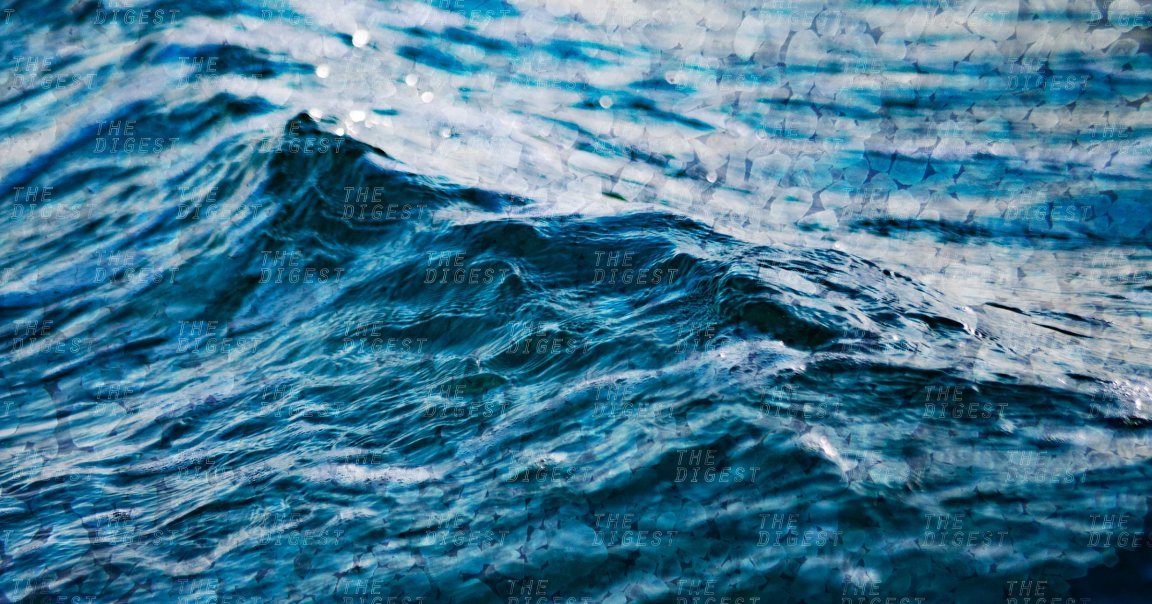
A SALTY PROBLEM
Regions without enough drinking water often turn to desalination, the process of removing salt from seawater to make it drinkable. But researchers are now worrying that the process’ salty byproducts could wreak havoc on the ocean’s delicate ecosystems.
“Increasing salinity is one of the most important environmental issues of the 21st century,” said Amy Childress, a researcher at the University of Southern California who studies the effects of desalination, in an interview with New Scientist.
DESALINATION STATION
One desalination technique is called reverse osmosis, in which saltwater flows across a membrane that salt can’t pass through. On one side of the membrane, you get drinkable water; on the other, you get concentrated brine that’s about twice as salty as regular ocean water.
Most desalination plants pump that salty leftover water back into the ocean. But researchers like Childress are concerned that it could hurt salinity-sensitive organisms, like the red abalone or the giant kelp that provide homes for a diverse range of marine species.
WASTE NOT
To avoid those potential consequences, one proposal is that desalination plants could dilute their leftover water with freshwater that’s clean enough to dump back into the ocean, but not fit to drink. It would introduce an extra step for facilities that are working to provide a vital resource for humans — but it could also really pay off because it could preserve more of the ocean’s delicate habitats.
Clearly we have some kinks to work out in the desalination process. And with four billion people now facing water scarcity, we can’t afford to waste any time in sorting them out.
READ MORE: Our Thirst for Water Is Turning the Oceans Saltier [New Scientist]
More on desalination: Researchers Made a Graphene Sieve That Can Make Seawater Safe to Drink